Meal Prep Menu: 2022 Week 48
NOTE: These menus are designed to give you meal ideas, not to tell you how many calories to eat per day. Please make sure to calculate your macros HERE and then adjust the menu items' portion …
Browsing Category
The Meal Prep on Fleek blog has important topics that will help you achieve your health related goals, such as; weight loss,self confidence, increased energy, better sleep, and nutrition. Subscribe for new research, healthful recipes, and more.
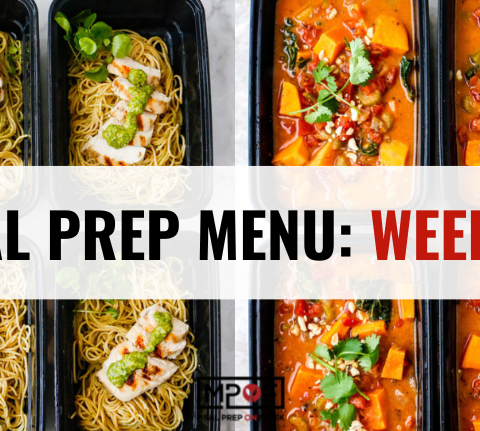
NOTE: These menus are designed to give you meal ideas, not to tell you how many calories to eat per day. Please make sure to calculate your macros HERE and then adjust the menu items' portion …
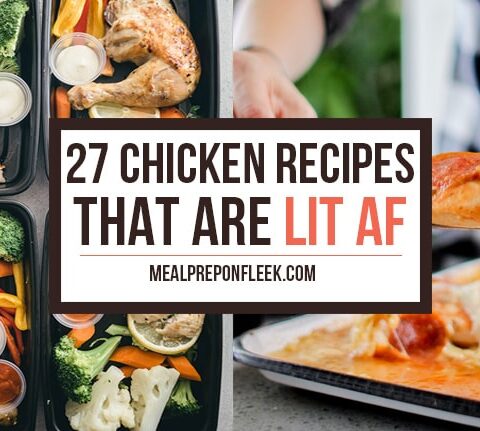
Winner winner, we need more chicken recipes for dinner! They're not boring, we promise! Making chicken again? Sounds kind of boring, doesn't it? Well, it doesn't have to be. For real. These 27 Chicken Recipes …
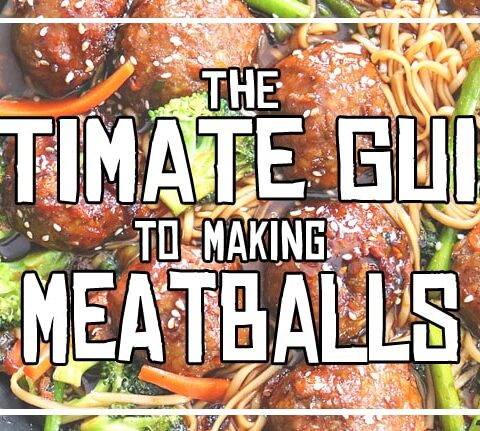
There is no such thing as too many meatballs recipes and with this template we're going to show you how to make ones you'll want to eat all. day. long! Meatballs have come a long …
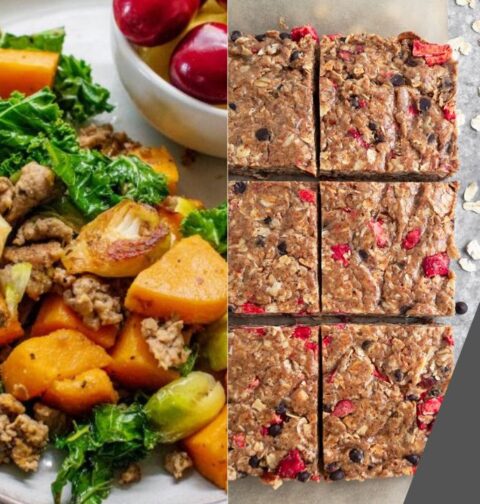
Are you avoiding eggs for any reason whatsoever, and finding it's hard to come up with some healthy alternatives for breakfast ideas without eggs? We've got a solution for that! I'm not always pumped to …

Time Management Tips That Will Make You a Productivity Master If you're anything like us, you're still having issues with getting everything done and your goals accomplished. Time management is not something that comes naturally …

Pssst! Want to hear a secret? Meal Prepping is not just for the ultra-fitness enthusiast. It's for everyone!, but especially for tired moms (or dads!) who want to save time in the kitchen but still …

How to Meal Prep Chicken in the Slow cooker! The slow cooker is your friend when it comes to meal prep, because it's largely a hands-off process. Crockpot meals with chicken make the week a …

Meal Prep TikToks That Will Stop Your Scroll Fact: TikTok will change the way your social media works—even if you’re actively avoiding it. That's because TikTok, the app that lets you make and share short …

Summer is quickly approaching and that means it's time to start working on those summer bodies. Even though we are all about intuitive eating, during this time of year we like to arm ourselves with …

Intermittent Fasting 101 - What You Need To Know Intermittent Fasting is getting to be all the buzz these days. Have you heard of it? IF (Intermittent Fasting) is a weight loss technique that runs …
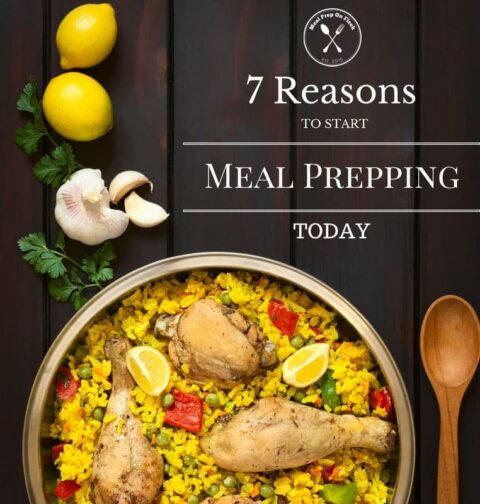
There are so many benefits to meal prepping. Here are the top 7 reasons you should start meal prepping today Sometimes we forget about all the reasons why we should be meal prepping every week. …
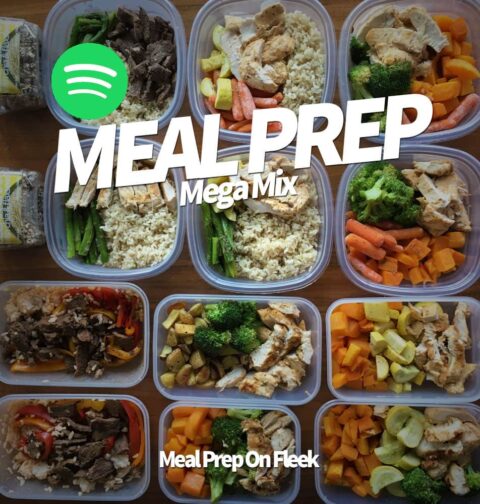
Your Meal Prep Playlist is Here! Don't stop prepping chicken and broccoli just yet, this Spotify playlist compilation will make your Sunday night meal prep 300 percent better! Whether you're procrastinating on homework or shakin and …
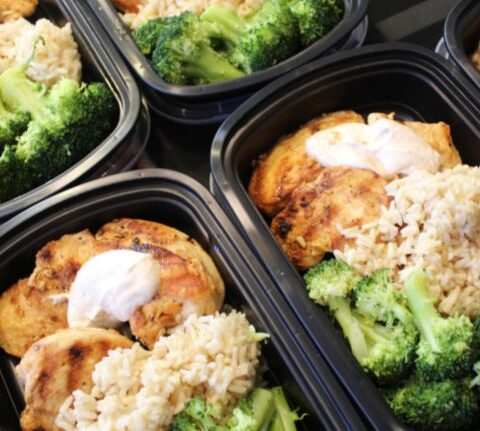
Maybe someone you know has told you about the mental and health benefits of meal prepping, or that it will help you take the effort out of worrying about food, but you're wondering... is meal …
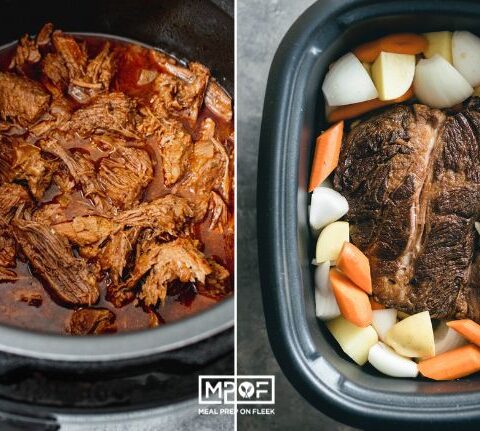
With thousands of kitchen gadgets, devices, machines, and doodads, it can become overwhelming when deciding what kitchen appliances are worth it. We totally know what that can feel like, so we here at Meal Prep …

Melissa Rifkin is a registered dietitian living and working in NYC and has an amazing perspective and background with helping people. She's an educator and she practices what she preaches. We'd like to introduce you …

We get it. You love food as much as you love fitness... That's not a bad thing. In fact, that's what makes you a normal human being. Because your squad is on fleek, here is the …

5 Easy Food Hacks to help you get the most out of your meals. Don't change a thing!! STOP... just keep doing what you're doing! Well, as long as you are actually meal prepping. =) …
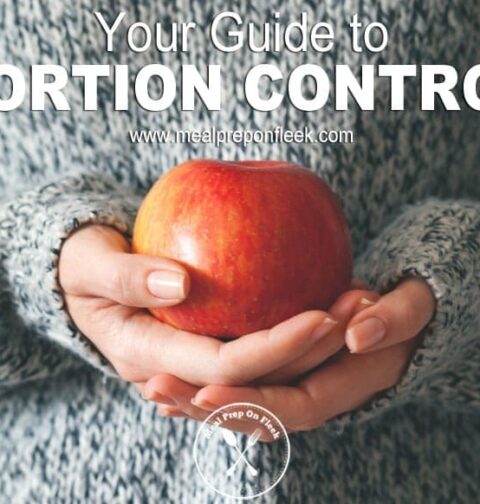
Did You Know, The Power To Portion Control Is In The Palm Of Your Hand? Once you understand what a portion should look like you will be on your way to creating a healthy, balanced …
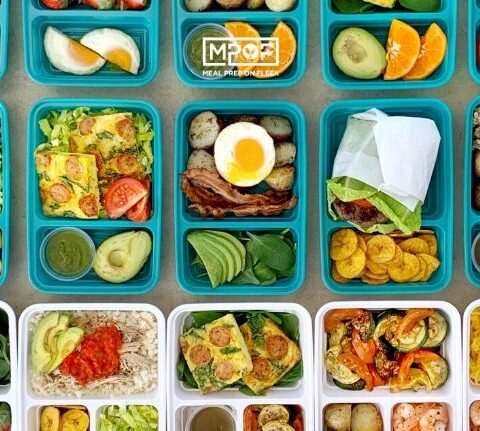
Thank you to GoodCook for sponsoring this Buffet Style Meal Prepping:WHOLE30 post, and thank YOU for supporting the brands that help make Meal Prep On Fleek possible. All opinions are our own. Buffet Style Meal …
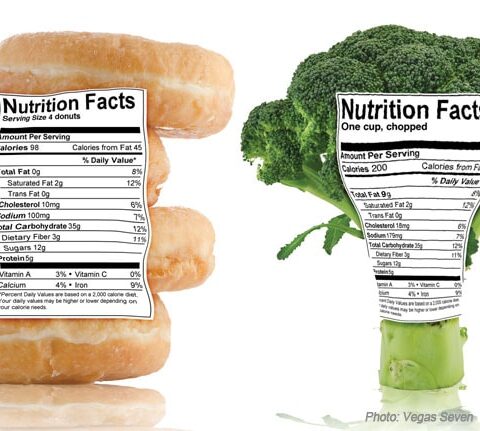
Do you really know what you’re eating? Picture yourself walking through the grocery store, headed towards the packaged meats. You get to the bacon, pick up a package, flip it over and you see... What …
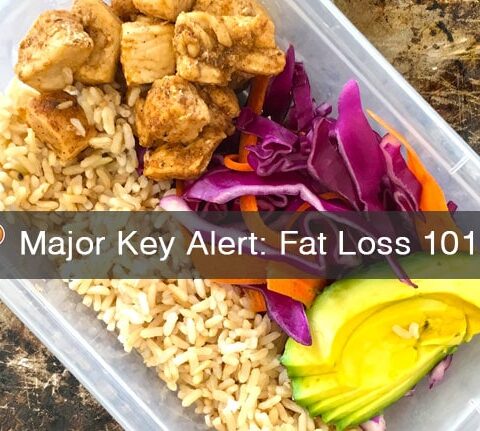
This Fat Loss 101 Guide will make you shed a tear of joy. Bookmark this page as a quick and easy reference guide. It seems like almost everyone you run into now a days is …

Want to know how to get the most out of your next farmers market trip? Here's how to make shopping at the farmers market more productive! Let’s just get this out there first … Benjamin …
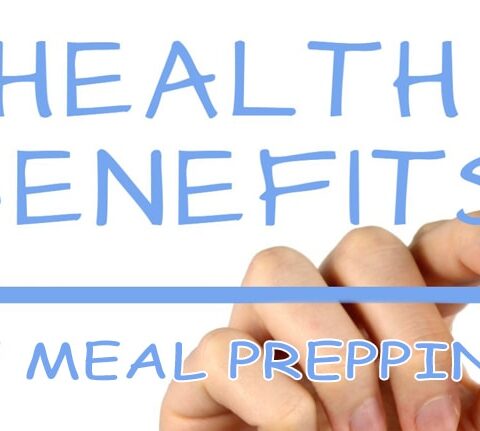
Monday: Baked chicken breast with broccoli and brown rice. Tuesday: Kabobs with steak, shrimp, red and green peppers, and mushrooms on the grill along with a fresh garden salad. Wednesday: A sub sandwich laden with …
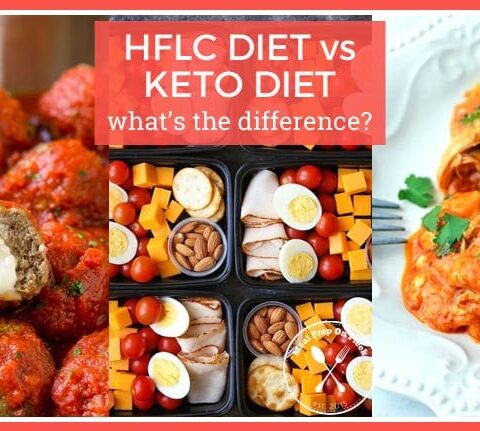
High Fat Low Carb (HFLC) Diet vs. Keto Diet -What's The Difference Most of us have heard of a High Fat Low Carb (HFLC) diet and its effects and benefits in losing weight, but less …
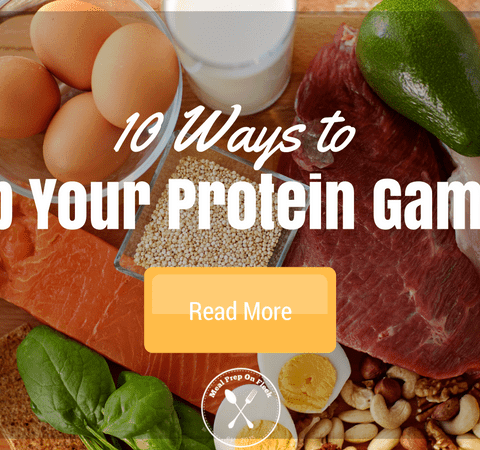
How to Easily Get More Protein in Your Diet These days, everyone wants to get fit. Both young and old alike are more active and more aggressive in achieving their ideal figure. Whether it is …
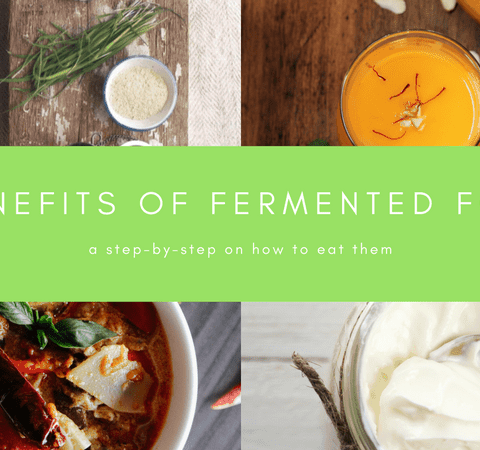
10+ Health Benefits of Fermented Foods and How to Eat Them When the western world discovered Korean drama series several years ago, it was also exposed to one of Korea’s favorite food staple, kimchi. The …

Daily Food Diary: 1600-1800 Calories One of the biggest keys to success with your nutrition: keep only good food in your house and you'll only be able to eat good food! Save your treat meals …
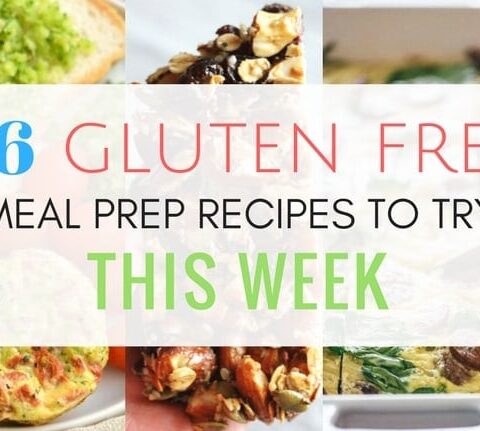
Gluten Free Meal Prep Recipes Simple swaps in your diet can significantly reduce inflammation and deliver overall amazing health benefits. Whether you are gluten free due to a medical condition or are just looking to …

7 Foam Roller Exercises for Total Body Healing Have you ever heard of self-myofascial release? How about deep tissue massage? There you go...and isn’t that something that you are ready for after a good workout …
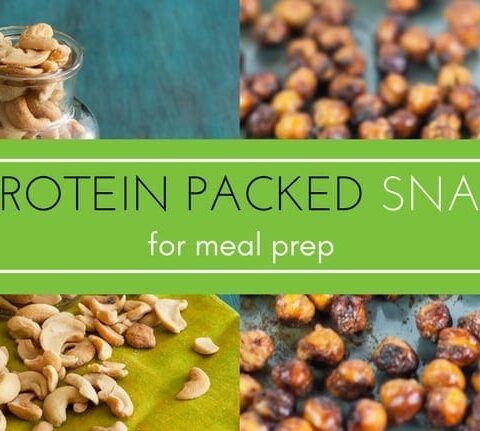
Move over chips and 100 calorie cracker snack packs. There is a new snack in town and it is guaranteed to tide you over until your next meal. The name of this new snacking game …

Weight Loss Tips that Dr. Oz would approve of! ...probably... =) I’ve been wanting to put together a post of some of the things I have learned on my weight loss journey so far for …
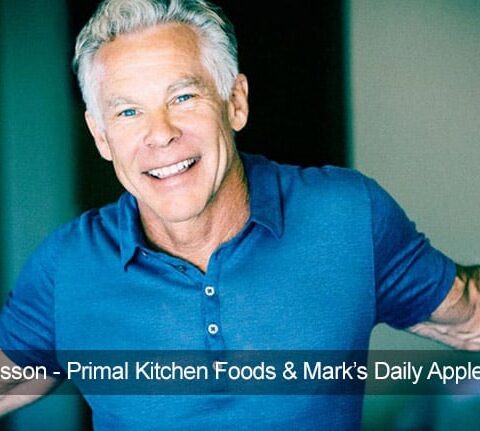
Mark Sisson is an American fitness author and blogger, and a former distance runner, triathlete and Ironman competitor. Sisson finished 4th in the February 1982 Ironman World Championship. Sisson was born in Maine and is …
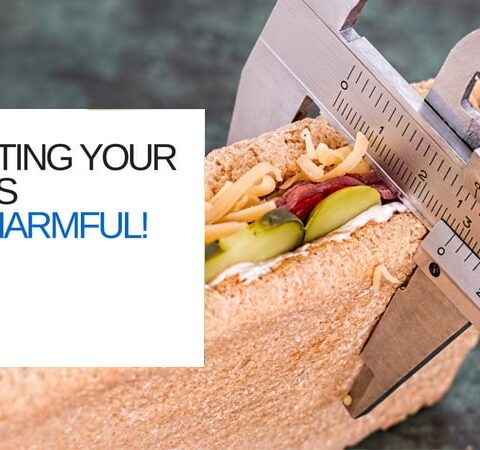
Restricting Your Calories Can Be Harmful. The first thing people usually think when they want to lose weight is how to slash their calories so that they can lose weight as quickly as possible. Calorie …

10 Reasons Why You Are Having Food Cravings I am a recovering sugar addict. I never realized that I was addicted to sugar until a few years ago. But when I look back at my …

Do You Skip Breakfast? Here are 10 Reasons Why You Shouldn’t Breakfast is the most important meal of the day. You’ve probably heard this more times than you can count. And there have been innumerable …
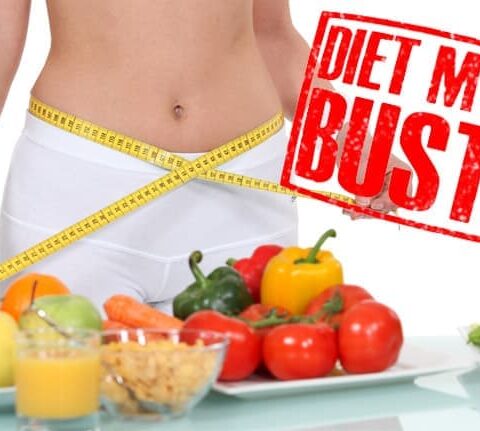
7 Diet Myths Busted Diet myths easily thrive in the health and fitness world. Some of them are encouraged by the agendas and surpluses of the food industry. Some we have heard for decades and …
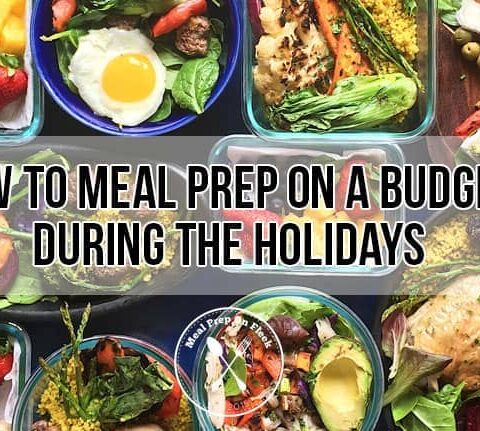
10 Tips To Meal Prep On A Budget During The Holidays The holidays are a crazy time of year. If you are like us both time and money are always short. Between spending on gifts …
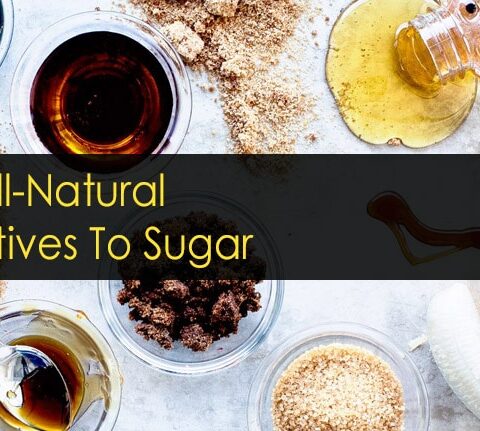
8 All-Natural Alternatives To Sugar Have you resolved to reduce your sugar intake? Have you decided to minimize the use of sugar in your recipes? Well, we believe it could very well be one of …